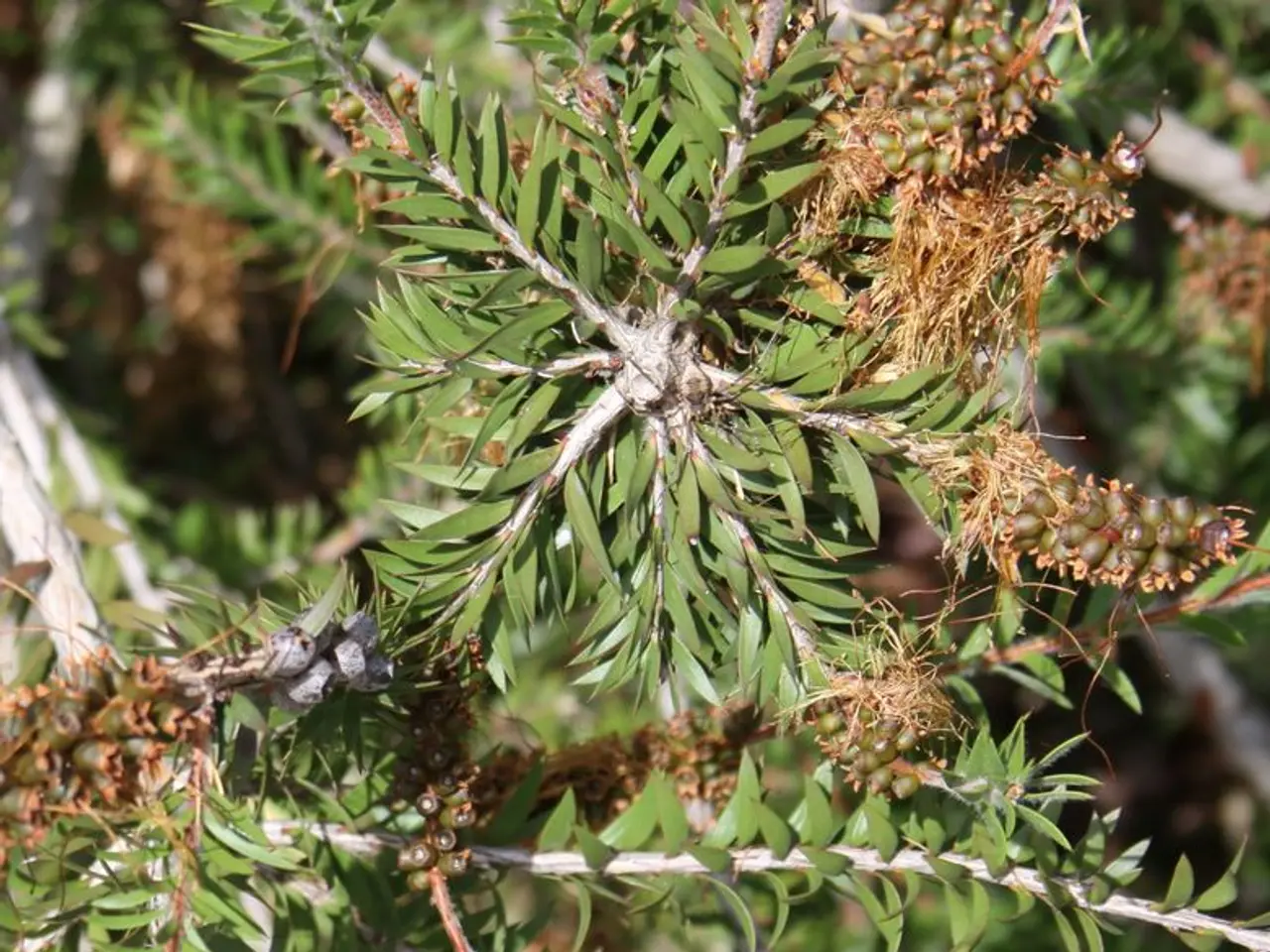When is the Ideal Time for Fertilizing Citrus Trees to Maximize Growth?
In the realm of gardening, understanding the best practices for fertilising citrus trees is crucial for ensuring their health, growth, and fruit production. Glen, a seasoned horticulturist with over 15 years of experience, shares his expert insights on this topic.
Firstly, when it comes to choosing a fertiliser for citrus trees, Glen advocates for both organic and synthetic options, carefully considering the nutrient composition that best suits the trees. He recommends looking for fertilizers with an even NPK ratio, such as 6-6-6 or 8-8-8, for younger trees, and a 10-10-10 balance for mature trees.
Timing is essential when fertilising citrus trees. During the active growing months from spring through early fall, the tree's needs vary significantly. In early spring, apply the first dose of fertiliser just as new growth begins or before bud break to kickstart the tree's nutrient supply for the season. Continue fertilising every 4 to 6 weeks or monthly during the spring and summer to support vigorous growth and fruit development. Some experts suggest a split application, applying fertiliser again mid-summer to maintain steady nutrients.
As temperatures cool in late summer to early fall, continue feeding but start tapering off. Apply fertiliser after fruit harvest but before temperatures drop below 10°C (50°F) to prepare the tree for dormancy. Reduce frequency and quantity significantly in fall to winter, as it's essential to avoid stimulating growth during dormancy.
The methods for applying fertiliser to citrus trees also vary. Glen uses different methods, including soil application, foliar feeding, and using fertiliser spikes. He emphasises the importance of using products labeled specifically for citrus trees, which typically contain macro and micronutrients suited to citrus needs.
Monitoring last year’s growth by measuring new shoot growth is crucial for deciding if and how much to fertilise. Excess nitrogen can lead to lush leaves but poor fruit production, so adjust fertiliser amounts accordingly. Ensuring proper watering is crucial after fertilising, as it aids nutrient uptake.
Neglecting soil pH testing can lead to nutrient deficiencies in citrus trees, so regularly checking the pH level is advisable. Regularly check foliage for signs of nutrient deficiencies and pests on your citrus tree. Overfertilising young trees can be harmful, so be mindful of the recommended dosages.
In summary, by following these seasonal guidelines and tailoring fertiliser type and frequency, you optimise citrus tree health, growth, and fruit production throughout the year. For more information and personalised advice, consult a local gardening expert like Glen.
Maintaining a balanced lifestyle that includes cultivating a home-and-garden, specifically focusing on citrus trees, requires understanding the most effective fertilising practices. In line with Glen's expert opinions, it's recommended to use a combination of organic and synthetic fertilisers, favoring those with an even NPK ratio, such as 6-6-6 or 8-8-8 for younger trees, and a 10-10-10 balance for mature trees.




